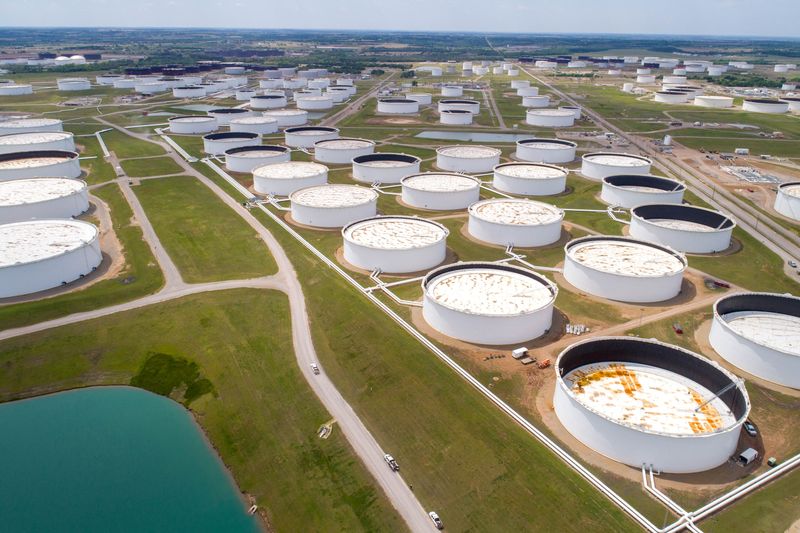By Anushree Ashish Mukherjee
(Reuters) – Analysts cut their 2024 oil price outlook due to weak fuel demand from leading importer China and rising inventory levels as Saudi Arabia and OPEC+ allies prepare to ease some production cuts from October, a Reuters poll showed.
A poll of 37 analysts and economists surveyed by Reuters over the past two weeks shows oil prices will average $82.86 a barrel in 2024, a fourth straight cut in estimates from $83.66 a barrel. was predicted in July.
The poll showed an average of $78.82 this year, slightly lower than last month’s estimate of $79.22.
“Despite increased geopolitical tensions, oil prices are trading below $90 per barrel so far this year, as weak crude intake from China and Europe has offset the bullish impact of still limited OPEC supplies,” said Florian Grunberger, senior analyst at data and analytics. company Kpler.
Analysts expected global oil demand to grow by 1.0 to 1.3 million barrels per day (mbpd) in 2024, compared with growth forecasts of 1 and 1.5 mbpd in the previous poll.
OPEC also lowered its forecast for global oil demand growth in 2024, citing weaker-than-expected figures for the first half of the year and lower expectations for demand from China.
“This slowdown in consumption has led to a surge in inventories in the US, which could put further downward pressure on prices,” said Sehul Bhatt, director of research at CRISIL Market Intelligence and Analytics.
There are conflicts in the Middle East and between Russia and Ukraine, but analysts say the oil risk premium has shrunk because there has been no material impact on oil flows.
However, a further expansion of the Israeli-Hamas conflict, combined with continued supply disruptions, including disruptions in Libya, could push prices above $90 a barrel, Kpler’s Grunberger said.
“Floating storage has increased recently. The announced production increase by the OPEC+ alliance is also weighing on oil prices so far,” says Thomas Wybierek, analyst at NORD Landbk.

The Organization of the Petroleum Exporting Countries and Allies (OPEC+) confirmed earlier this month its plan to phase out the latest cuts of 2.2 million barrels per day from October, but reiterated earlier comments that the supply increase would if necessary may be suspended or reversed.
“We still expect OPEC to increase production in the fourth quarter as the market may shift from an equilibrium in which OPEC supports spot balances and reduces volatility to a more long-term equilibrium that focuses on strategically disciplining -OPEC supply and supporting cohesion.” Goldman Sachs said this in a note this week.


